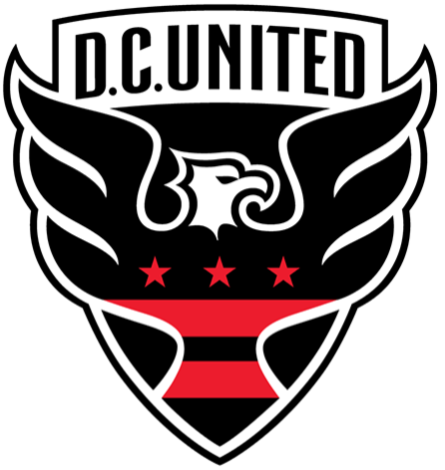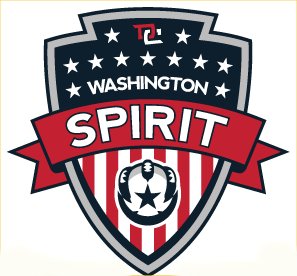Field Markings
Main
The lines on a soccer field are crucial to the game, even though they are often overlooked. These markings provide structure and clarity, helping us understand the flow of the game, determine fouls, decide who deserves the win, and ultimately enhance our enjoyment of the sport. But what do all the markings on a soccer field mean? What are they called, and what purpose do they serve in the game? Let’s dive in and explore!

Field line overview
Touch Lines
The touchlines, also referred to as sidelines, are the two long lines running the length of the field, positioned equidistant from each other. These lines define the field's boundaries, marking the area where the ball must remain in play during the match. If the ball crosses a touchline and goes out of bounds, the opposing team is awarded a throw-in. In the diagram below, the touchlines are highlighted in blue.

The touchlines, also referred to as sidelines, are usually between 70 and 130 yards long for a standard soccer game and between 110 and 120 yards long for international matches.
Goal Lines
The goal lines are the two shorter boundary lines located at each end of the field, running perpendicular to the touchlines. These lines, represented by the blue lines in the diagram, are placed equidistant from the corner flags and mark the edges of the inbounds area, helping to define the playing field. The goal lines also indicate where goalkeepers may position the ball when taking a goal kick, ensuring proper placement and fair play.

For standard games, the goal lines can be anywhere between 50 to 100 yards long, while for international games the dimension is 70-80 yards.
Center Line
The center line, represented by the blue line in the diagram, runs across the middle of the field and divides it into two equal halves. Often referred to as the halfway line, it is placed at the exact center of the field. This line has several key functions: it marks where play is restarted with a kick-off after a goal is scored, it helps position the ball for the start of each half, and it serves as a boundary for players. For example, during a kick-off, all players must remain in their own half of the field and cannot cross the center line until the ball is in play.

The halfway line is parallel to the touchlines and matches their length, typically measuring between 50 and 100 yards.
Center circle
The center circle, represented in the diagram by a blue circle overlapping a white circle, is located at the midpoint of the center line and has a radius of ten yards, as highlighted by the red line with an arrow. This circle serves two key purposes: first, it is used for kick-offs to start the game or restart it after a goal. During a kick-off, the ball must be placed inside the circle, and all players except the player taking the kick must remain outside of it. Second, the circle plays a role in penalty kicks, where only the kicker and goalkeeper are permitted within the center circle.

The midfield is marked by a center circle with a radius of 10 yards, centered on the halfway line.
Build-Out Lines
The build-out line is placed approximately halfway between the penalty area and the halfway line on each side of the field. This line is marked to give players more space and time to develop their play. The exact distance of the build-out line may vary slightly depending on field dimensions, but it is typically around 14–20 yards from the goal line, ensuring a balance between providing space and maintaining competitiveness in the game.

The build-out line is specifically used in 7v7 soccer for age groups such as U9 and U10, in accordance with developmental soccer guidelines. This rule encourages young players to focus on building their skills, such as passing and possession, by limiting high-pressure situations during restarts. Opponents must retreat behind the build-out line until the ball is back in play, which occurs when the ball is either touched by another player or leaves the penalty area. This ensures the game environment fosters learning and development rather than prioritizing immediate competition.








